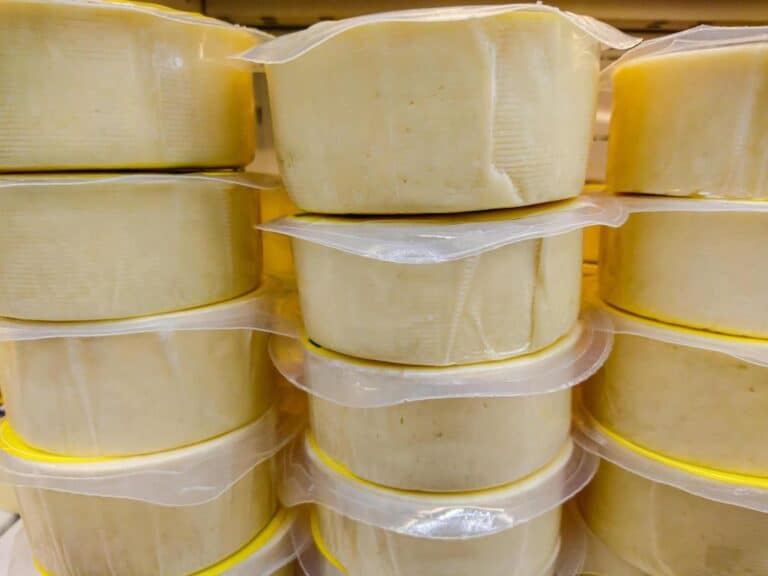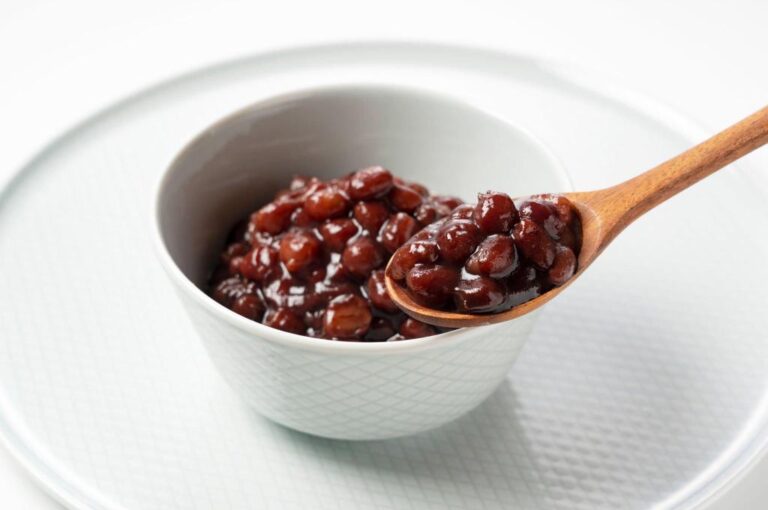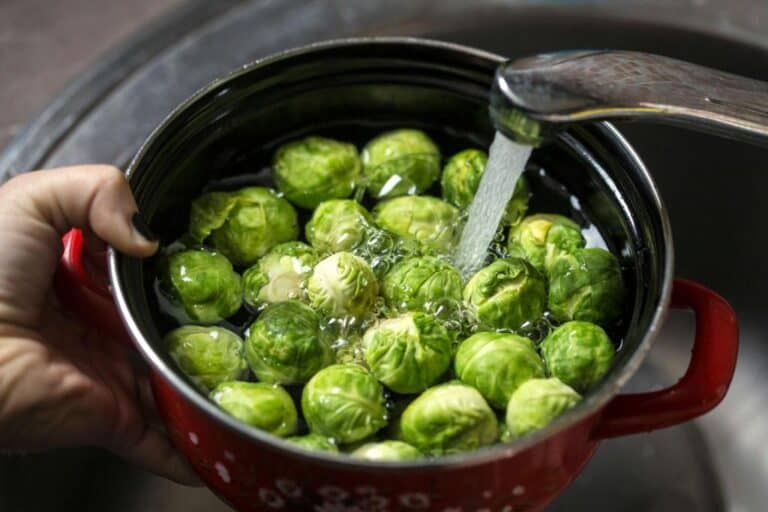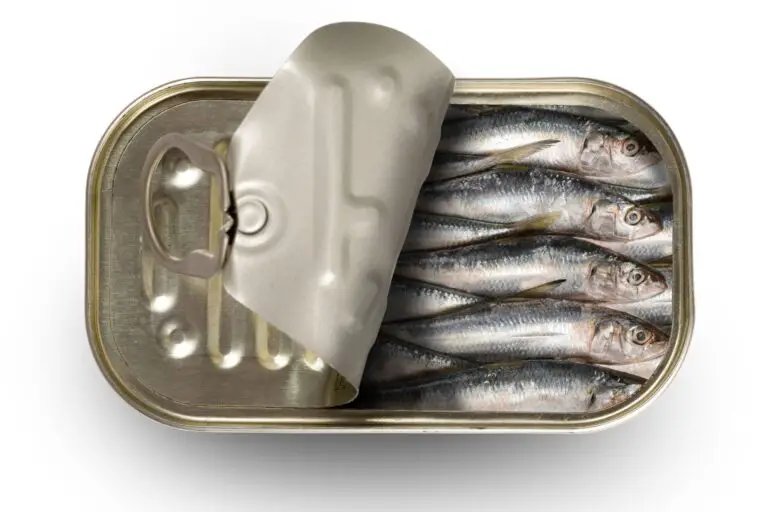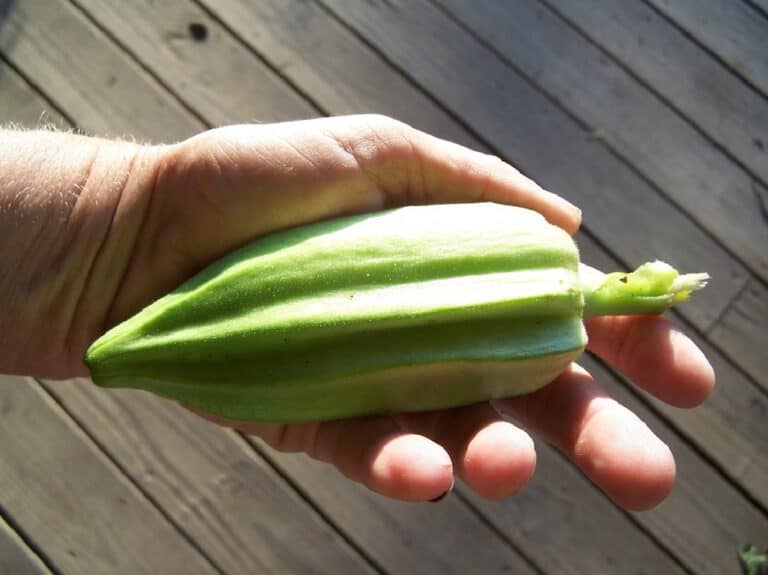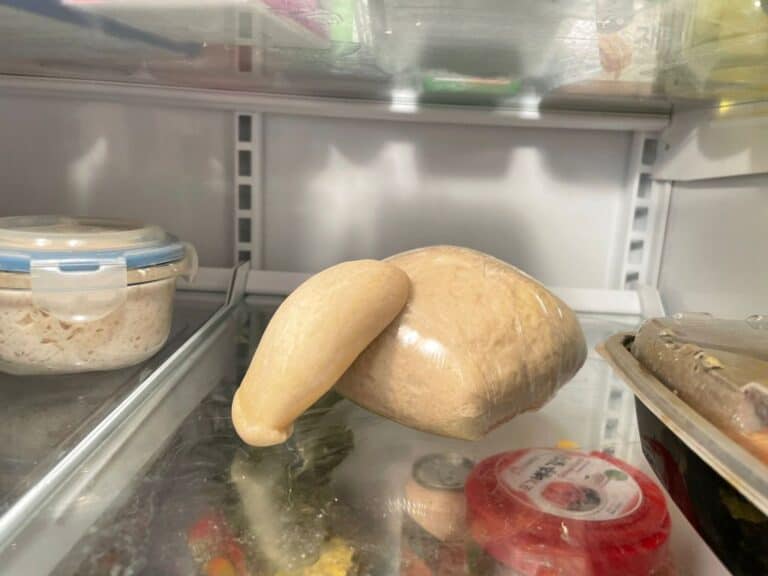Can You Microwave Plastic Takeout Container Boxes? (Reheating Takeout Safely)
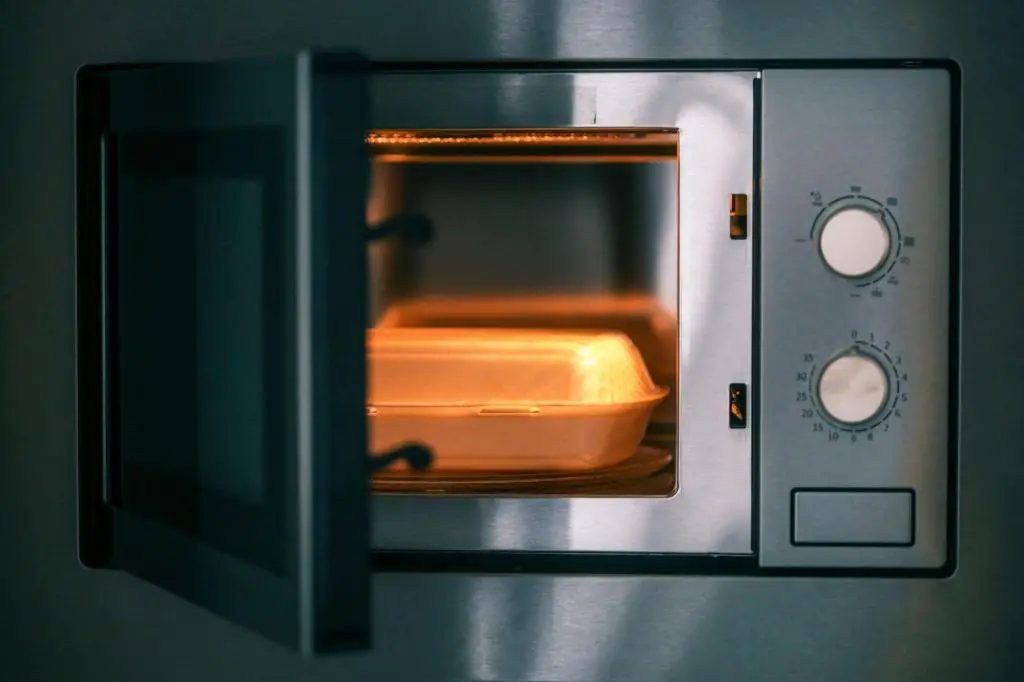
We’ve all been there: You order a delicious takeout meal and have plenty of leftovers for lunch the next day. The problem is, how do you safely reheat your food without risking contamination or damage?
We know that microwaving plastic takeout containers can be a risky venture, but it doesn’t have to be. Are you guilty of reheating last night’s takeout in the plastic container it came in? While it may seem like a quick and convenient option, microwaving plastic takeout boxes can actually pose a threat to your health.
Find out why some people worry about the safety of plastic containers and learn about safer ways to reheat takeout food in this detailed guide. Don’t let hazardous chemicals make their way into your meals, learn how to reheat takeout safely and deliciously.
The Importance of Reheating Takeout Food Safely
Reheating takeout food is a common practice, but it must be done safely to avoid foodborne illness. Improper reheating can result in the growth of harmful bacteria and other microorganisms.
To reheat safely, use a thermometer to check the internal temperature of the food and make sure it reaches at least 165°F for poultry, 145°F for beef, pork, and fish, and 160°F for leftovers.
You may reheat using the oven, stovetop, or microwave, but avoid using a slow cooker as it does not heat food quickly enough. Make sure the food is heated evenly by stirring and turning it often. Put takeout food in the fridge as soon as possible and eat it within 2 hours.
Characteristics of Plastic Takeout Boxes
These containers come in a variety of shapes, sizes, and colors that make them ideal for storing different types of food. They are great for reheating leftovers or carrying out orders from restaurants.
Here are some of the key characteristics that define plastic takeout boxes:
Types of Plastic Used in Takeout Boxes
- Plastic takeout boxes are typically made from either polyethylene terephthalate (PET) or polypropylene (PP).
- PET is a clear, lightweight plastic that is often used for food packaging and containers.
- PP is a more rigid and durable plastic that is used for products that need to withstand high temperatures and pressure.
Safety Concerns With Microwaving Plastic
Using plastic takeout boxes in the microwave can pose safety concerns. When exposed to high heat, some plastic containers can release chemicals into food that are bad for you, such as endocrine disruptors and carcinogens.
To reduce this risk, it’s best to use microwave-safe containers or those made from materials such as glass or ceramic. You should avoid using containers that are cracked, scratched, or damaged.
Don’t use the microwave for long periods of time or at high temperatures, and put food in a container that can go in the microwave before reheating it.
Labeling and Identification of Microwave-safe Plastic
The easiest way to determine if a plastic takeout box is safe for the microwave is to look for a microwave-safe symbol on the box or packaging.
This symbol is usually a microwave with wavy lines above it. It indicates that the product can be microwaved.
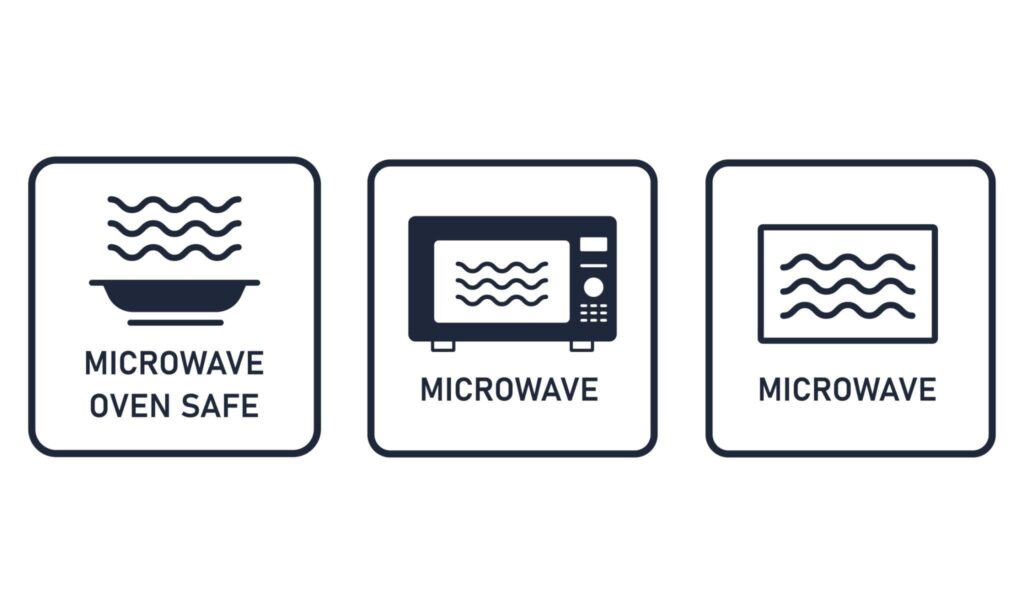
However, it’s important to note that the symbol does not guarantee that the plastic will not release harmful chemicals into food, only that it has been tested for microwave safety by the manufacturer.
Effects of Microwaving Plastic Takeout Boxes
Microwaving plastic takeout boxes has become a popular way to heat up food, but the effects of microwaving plastic can be more dangerous than people realize. Research shows that when exposed to high temperatures from microwaving, certain types of plastics release harmful chemicals into food.
Leaching of Harmful Chemicals Into Food
When you heat food in a plastic takeout box in the microwave, chemicals like bisphenol A (BPA) and phthalates can get into the food.
These chemicals are known to be endocrine disruptors, which means they can mess with the way hormones work and cause health problems like infertility, birth defects, and cancer.
Warping and Melting of Plastic
Another common effect of microwaving plastic takeout boxes is warping or melting. This can cause the plastic to deform and release harmful chemicals into food, or it can cause food to spill into the microwave.
Food Quality and Taste Degradation
Plastic takeout boxes can be dangerous to your health, and microwaving them can also change the way food looks and tastes.
High temperatures and exposure to harmful chemicals can cause food to lose its flavor, texture, and nutrients, making it less appealing and less nutritious.
This can make reheating takeout food less enjoyable and less satisfying.
Alternatives To Microwaving Plastic Takeout Boxes
Reheating food in a microwave is convenient, but it’s not always safe when using plastic containers. Alternatives to microwaving plastic takeout boxes include stovetop and oven reheating.
Stovetop reheating is quick and simple and can be done on a stovetop using a pot or pan. Reheating food in the oven is a good choice for larger amounts and is often more thorough than reheating on the stovetop because the food is heated from all sides. However, oven reheating takes longer and requires more time and effort.
Both stovetop and oven reheating have their own benefits and drawbacks. Reheating on the stove is fast and easy, but you have to keep an eye on the food to make sure it doesn’t get too hot or burn.
Oven reheating is thorough and efficient, but it takes longer and requires more preparation. In the end, the best way to reheat food will depend on the type and amount of food, as well as personal preferences and the resources that are available.
Can You Reheat Food In Microwave Plastic Takout Twice?
It is not recommended to reheat food in plastic containers more than once, as it can cause the plastic to break down and leach chemicals into the food. It is best practice to limit the number of times you reheat a dish and store leftovers in individual portions. However, if done correctly, it is possible to safely reheat meals more than once.
When you reheat food in plastic containers, especially ones that don’t say they can be used in the microwave, there is a greater chance that the plastic will break down and release chemicals into the food.
WARNING
These chemicals can then be consumed, leading to potential health risks. It is therefore recommended to limit the number of times food is reheated in plastic containers and to use containers that are specifically labeled for microwave use.
It is best to store leftovers in glass or ceramic containers, which are safer for reheating and long-term storage. However, if you do need to reheat food in a plastic container, make sure to do so correctly by following the instructions on the container and checking the food regularly to avoid overheating.
Can You Heat Up or Microwave Cardboard Togo Boxes?
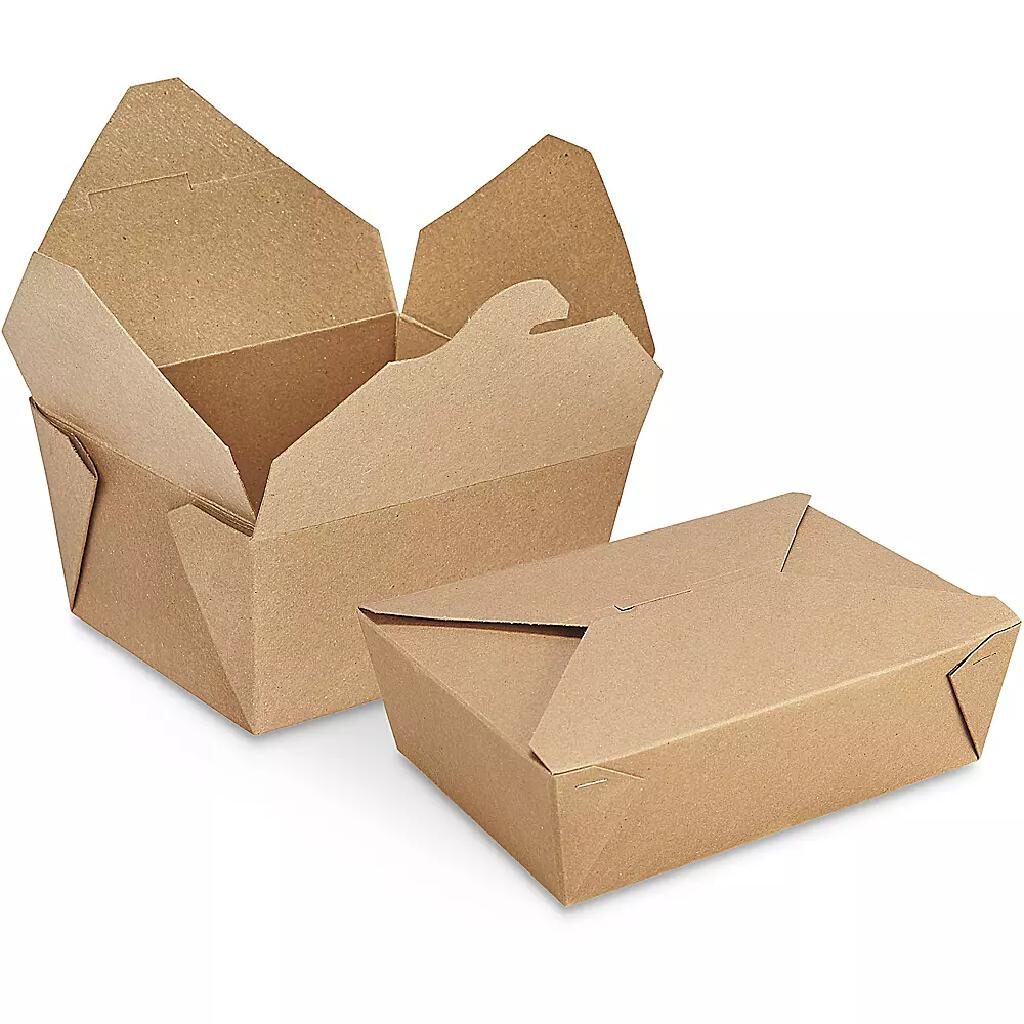
Cardboard to-go boxes are a common and convenient option for takeout food. However, it’s important to consider whether they are safe to use in the microwave or to heat up.
Cardboard is a flammable material, and if heated to high temperatures, it can cause the box to catch fire or release harmful chemicals into the food. Additionally, some types of cardboard are coated with a wax or resin to make them moisture-resistant, and these coatings can also release harmful chemicals into food when heated.
While some people may choose to reheat food in cardboard to-go boxes in the microwave or on the stovetop, it is not recommended. Instead, it is best to transfer the food to a microwave-safe container before reheating. If you don’t have a microwave-safe container, consider using a ceramic or glass dish or investing in some reusable containers.
Conclusion
Reheating takeout food in the microwave is a common and convenient way to enjoy leftovers. However, using plastic takeout boxes to reheat food can pose a risk to both food quality and safety.
When heated to high temperatures, some types of plastic can leak harmful chemicals into food, which could be bad for your health. To avoid these risks, it is recommended to use microwave-safe containers and to transfer food to glass or ceramic dishes before microwaving.
If the takeout box is labeled as microwave safe, it is still important to monitor the food while heating and avoid overheating or leaving it in the microwave for too long. To keep the quality and taste of your food, it’s also a good idea to reheat it in different ways, like on the stove, in the oven, or in a toaster oven.

